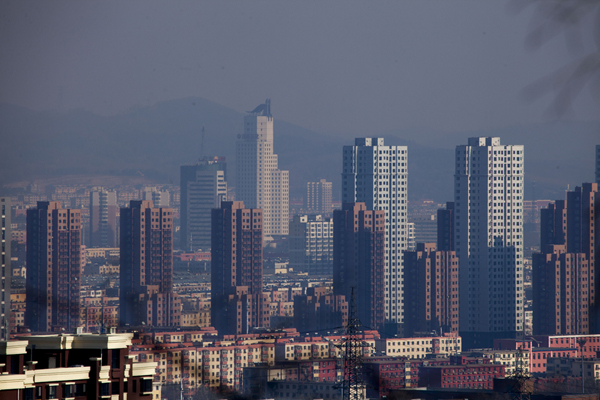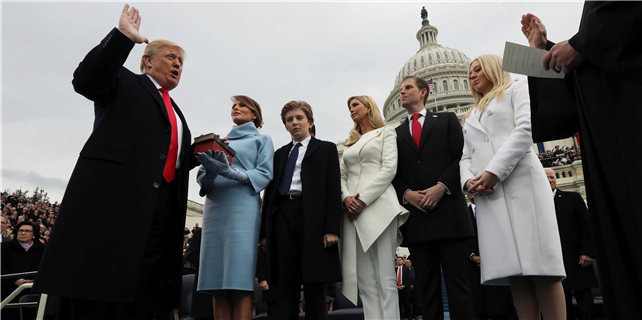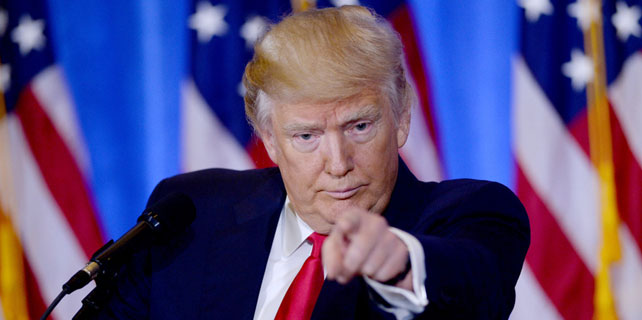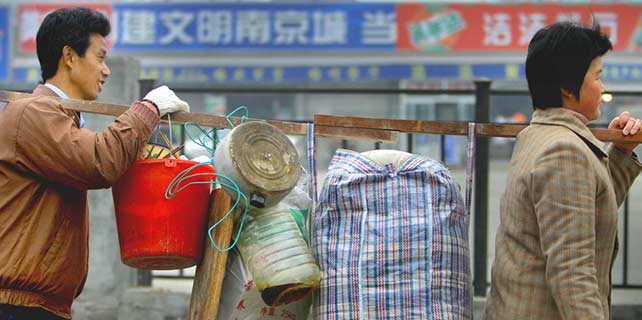China's rustbelt shows signs of economic recovery
 |
|
City landscape of Jilin city, capital of Northeast China's Jilin province, Nov 3, 2016. [Photo/VCG] |
BEIJING - China's northeastern region is showing signs of economic recovery since the traditional heavy industries lost shine, figures released at the annual provincial sessions show.
By seeking new growth engines in services, high-tech manufacturing and other sectors, the economy of Jilin province expanded 6.9 percent last year, exceeding the national average for the first time since 2014.
Technology was a major engine driving the economy, contributing 53.6 percent of the growth, according to the provincial government report.
A three-year plan that began last year to establish and develop emerging industries helped achieve 7.7 percent growth in those industries, such as high-speed train manufacturing and satellite operations, acting governor Liu Guozhong said in the report.
More revenue was also seen in service sector in 2016. An international ice and snow tourism expo was inaugurated in Jilin province last year, bringing a 25 percent increase in revenue and 17 percent in raw tourist numbers, he said.
The province set its growth target at 7 percent in 2017.
Neighboring Heilongjiang Province reported 6.1 percent growth in 2016, 0.4 percentage points higher than the year before.
At the provincial legislative session that ended on Friday, Governor Lu Hao said the agricultural and service sectors were expected to secure growth rates higher than national averages.
The "Internet+" concept has stimulated agricultural revenue, with a total of 27,000 rural e-sellers contributing a transaction value of 13.5 billion yuan ($2 billion), double previous years. Online sales of rice, beans and side crops exceeded 3 billion yuan, said Lu.
More than 3,000 hi-tech companies were registered in the province last year, and the total number of hi-tech companies with annual revenue of more than 5 million yuan exceeded 1,000.
Figures of Liaoning have not been released yet, but the province is expected to see an economic rebound in 2017, compared with negative growth in 2016.
In the first three quarters, the Liaoning economy contracted by 2.2 percent, the only provincial area with negative growth in the period. But the annual fiscal revenue in 2016 turned from contraction to growth, up 3.4 percent year on year to nearly 220 billion yuan.
For decades, northeast China relied on heavy and chemical industries, energy resources, raw materials and a large number of state-owned enterprises before its economic growth model hit the buffers. This double-digit GDP growth plummeted as capacity was slashed in high-polluting industries, the region's lifeblood.
According to the National Development and Reform Commission, the region's economy grew 2.2 percent in the first half of 2016, much lower than the 7.6 percent, 7.8 percent and 8 percent for the east, central and western regions of the country.
Qiao Jun, an official with the provincial government, believes major new projects in the real economy will drive up growth in 2017.
The environmental protection law enacted last year toughened scrutiny on polluters and 11,000 companies in Liaoning were forced to suspend operations in 2016. "By the year end, over 8,000 projects had resumed operations after environmental evaluation and approval," said Qiao.
These projects represent a total annual output of over 260 billion yuan.
Major projects at a total cost of 670 billion yuan are planned for this year, including a BMW Brilliance assembly line and a high-speed rail link between Beijing and provincial capital Shenyang.
"A total of 830 industrial projects costing of over 50 million yuan have been settled in the province," Qiao said.
Zhou Jianping, from the National Development and Reform Commission, said central government policy put in place last year will help Liaoning bottom out.
Revitalizing the region has been among the top agendas for the central government, which rolled out a series of measures last year.
In November, the government issued a plan to rejuvenate the northeast featuring industrial investment funds, a three-year plan to cultivate emerging sectors and fiscal support.
In December the banking regulator approved five new private banks, two of which will be headquartered in the northeastern region. The Liaoning free trade zone, approved last year, is under construction.
"With beneficial policies plus its own fundamentals, I believe the area will have a better economic prospect this year," said Zhou.
















